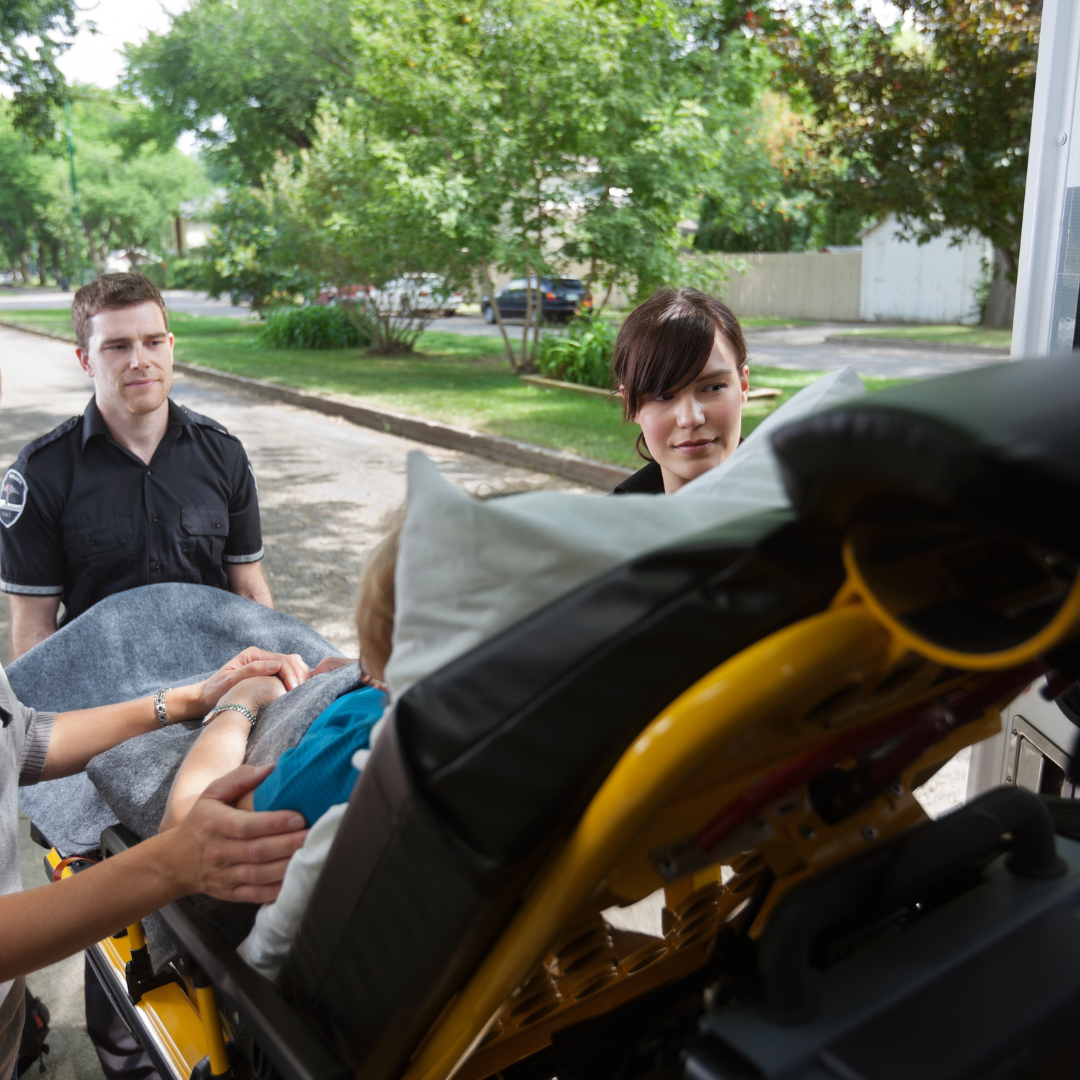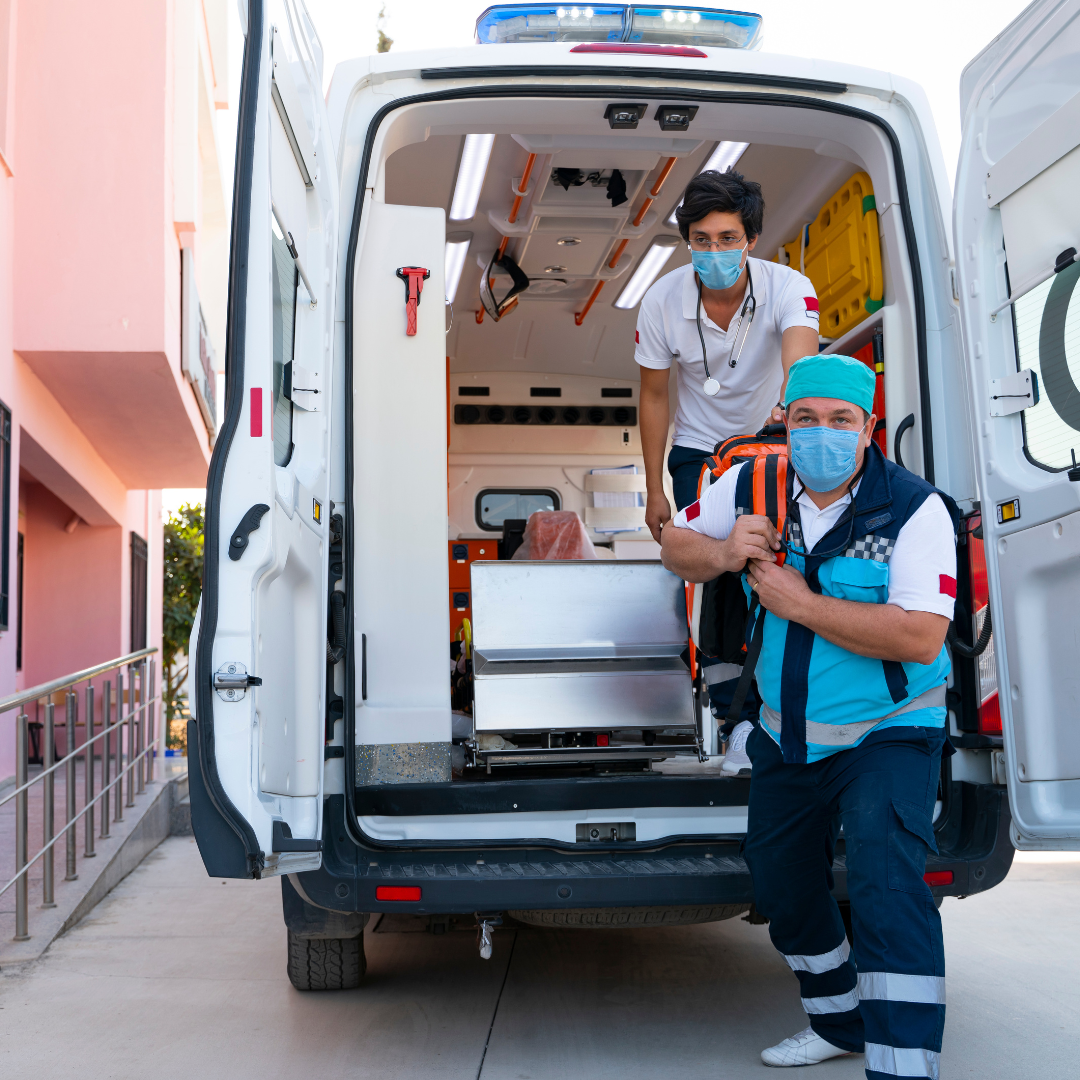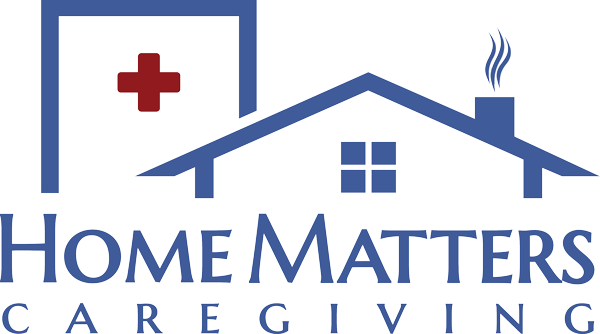Emergency Preparedness in Caregiver Services
In the realm of caregiving, unpredictability is often the norm. From sudden health emergencies to unexpected challenges, caregivers navigate a landscape where crises can arise at any moment. However, amidst the chaos, there exists a pathway to tranquility: effective emergency preparedness. In our upcoming series, "From Crisis to Calm: Emergency Preparedness in Caregiver Services," we delve into the critical importance of preparedness strategies within caregiver services. Through insightful discussions and practical tips, we aim to empower caregivers with the knowledge and tools necessary to navigate crises with confidence and composure. Join us as we explore the essential components of emergency planning, from creating comprehensive care plans to fostering effective communication channels. Together, let's transform moments of crisis into opportunities for calm and resilience in the noble journey of caregiving.
Creating a Comprehensive Emergency Plan for Caregiver Services
Emergencies, whether natural disasters, medical crises, or other unforeseen events, can disrupt caregiving routines and pose significant challenges to the safety and well-being of both caregivers and care recipients. Therefore, it is imperative for caregiver organizations and professionals to proactively develop and implement effective emergency plans tailored to their specific needs and circumstances.

Assessing Risks and Vulnerabilities
The first step in creating a comprehensive emergency plan is to conduct a thorough assessment of potential risks and vulnerabilities. This involves identifying various emergency scenarios that could impact caregiver services, such as earthquakes, severe weather, power outages, or medical emergencies. By understanding the specific risks faced by their organization and the communities they serve, caregivers can better prepare for and mitigate the effects of emergencies.
Establishing Clear Communication Protocols
Effective communication is critical during emergencies to ensure that caregivers, care recipients, and other stakeholders stay informed and connected. Caregiver services should establish clear communication protocols that outline how information will be disseminated before, during, and after an emergency. This may include establishing communication channels such as phone trees, text message alerts, or email updates, as well as designating communication liaisons responsible for coordinating information sharing efforts.
Developing Evacuation and Shelter-in-Place Plans
Depending on the nature of the emergency, caregivers may need to evacuate care recipients to safer locations or implement shelter-in-place measures to ensure their safety. Emergency plans should include detailed procedures for evacuating facilities, transporting individuals with mobility issues, and identifying nearby shelters or safe havens. Caregivers should also consider the specific needs of care recipients, such as medical requirements or mobility limitations, when developing evacuation and shelter-in-place plans.
Training and Education
Education and training are essential components of emergency preparedness for caregiver services. Caregivers should receive comprehensive training on emergency procedures, including first aid, CPR, and evacuation protocols. Additionally, caregivers should be educated on how to recognize warning signs of potential emergencies and how to respond effectively in crisis situations. Regular training sessions and drills can help reinforce emergency preparedness skills and ensure that caregivers are well-equipped to handle any situation that may arise.
Establishing Collaborative Partnerships
Collaboration with other community organizations, emergency responders, and healthcare providers is key to enhancing the effectiveness of emergency preparedness efforts. Caregiver services should establish collaborative partnerships with local emergency management agencies, hospitals, and other relevant stakeholders to coordinate response efforts and share resources. By working together, caregivers can leverage collective expertise and resources to better protect the individuals they serve during emergencies.
Utilizing Technology for Enhanced Emergency Response in Caregiver Services
In today's rapidly evolving digital landscape, technology offers invaluable tools and resources to enhance emergency response capabilities in caregiver services. From real-time communication platforms to sophisticated monitoring systems, leveraging technological solutions can significantly improve the efficiency and effectiveness of emergency preparedness efforts. In this article, we explore the various ways in which technology can be utilized to strengthen emergency response in caregiver services.

- Real-Time Communication Systems: One of the most critical aspects of emergency response is efficient communication. Caregiver services can benefit greatly from implementing real-time communication systems such as mobile apps, two-way radios, or secure messaging platforms. These tools enable caregivers to quickly communicate with each other, emergency services, and other relevant stakeholders during crises, ensuring timely coordination and response.
- Remote Monitoring and Telemedicine: Remote monitoring technologies, including wearable devices and sensor-based systems, allow caregivers to remotely track vital signs, activity levels, and other health metrics of care recipients. Additionally, telemedicine platforms enable caregivers to conduct virtual consultations with healthcare professionals, providing immediate medical guidance and support during emergencies when physical access to healthcare facilities may be limited.
- Geolocation and GPS Tracking: Geolocation and GPS tracking technologies can be invaluable for locating and ensuring the safety of both caregivers and care recipients during emergencies. Mobile applications equipped with GPS functionality can provide real-time location data, enabling emergency responders to quickly locate individuals in distress and coordinate rescue efforts more effectively.
- Emergency Alert Systems: Implementing automated emergency alert systems allows caregiver services to promptly notify caregivers, clients, and relevant authorities about emergency situations. These systems can send alerts via SMS, email, or push notifications, ensuring that critical information reaches recipients in a timely manner and facilitating swift response and action.
- Training and Simulation Technologies: Technology-enabled training and simulation tools provide caregivers with realistic scenarios to practice emergency response procedures in a safe and controlled environment. Virtual reality (VR) simulations, interactive e-learning modules, and gamified training platforms can enhance caregiver preparedness, improve decision-making skills, and build confidence in responding to various emergency situations.
Leveraging Lessons for Future Emergency Preparedness
In the realm of caregiver services, past crises serve as powerful teachers, offering invaluable lessons that can shape future emergency preparedness efforts. From natural disasters to pandemics, historical emergencies have underscored the critical importance of proactive planning, swift response, and adaptive strategies. In this article, we explore the significance of learning from past crises and discuss how caregivers can leverage these lessons to enhance their preparedness for future emergencies.
Understanding Historical Context
Before delving into specific lessons, it's essential to understand the historical context of past crises that have impacted caregiver services. Whether it be hurricanes, earthquakes, disease outbreaks, or other emergencies, each event carries its own set of challenges and repercussions for caregivers and care recipients alike.
Identifying Key Lessons Learned
One of the most crucial aspects of learning from past crises is identifying and internalizing key lessons. These lessons can encompass various aspects of emergency preparedness, including communication, resource allocation, risk assessment, and collaboration with stakeholders.
Prioritizing Adaptability and Flexibility
One common thread among past crises is the need for adaptability and flexibility in response efforts. Circumstances can change rapidly during emergencies, requiring caregivers to adjust their strategies and tactics accordingly. By prioritizing adaptability, caregivers can better navigate uncertain and dynamic situations.
Investing in Training and Education
Adequate training and education are fundamental to ensuring that caregivers are equipped with the knowledge and skills needed to respond effectively to emergencies. By investing in training programs that cover emergency protocols, first aid, crisis communication, and psychological support, caregivers can enhance their preparedness and resilience.
Emphasizing Psychological Well-being
Past crises have shed light on the significant impact of emergencies on the psychological well-being of both caregivers and care recipients. It's essential to prioritize psychological support services and incorporate strategies for coping with stress, trauma, and emotional challenges into emergency preparedness plans.
Conclusion
Home Matters Caregiving in Pittsburgh, PA, we recognize the paramount importance of emergency preparedness in providing quality caregiver services. By implementing robust protocols and training programs, we ensure that our team is equipped to navigate crises with efficiency and compassion, ultimately fostering a sense of calm and security for both our clients and their loved ones. With our dedicated efforts and commitment to readiness, we stand ready to address any challenges that may arise, reaffirming our mission to deliver exceptional care in even the most demanding circumstances.


